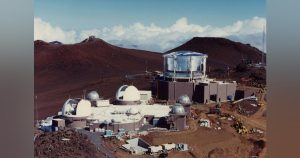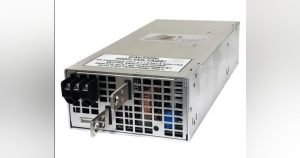ESA’s Biomass Satellite Prepares for April Launch
On February 26, 2025, Airbus announced that the Biomass satellite, developed for the European Space Agency (ESA), has departed from Toulouse, France. It is now en route to Kourou, French Guiana, for its much-anticipated launch. This Earth Explorer satellite represents ESA’s premier initiative focused on quantifying forest biomass and evaluating carbon stocks from an altitude of 666 kilometers (414 miles).
Biomass is equipped with the world’s first space-borne P-band synthetic aperture radar (SAR), a groundbreaking technology aimed at producing highly detailed global maps of forest biomass across tropical, temperate, and boreal regions. The P-band radar operates at a wavelength that can penetrate forest canopies, allowing for precise measurements of tree biomass and structure.

This satellite features an impressive 12-meter deployable antenna, one of the largest ever utilized for this type of space mission. This antenna functions by capturing radar signals reflected from forested areas, enabling precise assessments of biomass density. Additionally, advanced signal processing methods are employed to eliminate interference and ensure the accuracy of the collected data. The radar system operates in a tomographic mode, which facilitates the creation of detailed 3D images of forests from various viewpoints.
Alain Fauré, head of space systems at Airbus Defence and Space, commented, “Shipping this flagship mission is a significant milestone after years of effort and dedication from our teams. The satellite’s cutting-edge technology will empower climatologists to accurately measure carbon stocks from space, enhancing our understanding of forests’ role in climate regulation.”
Engineers from Airbus in Stevenage, U.K., spearheaded the testing operations in Toulouse, collaborating with teams across Germany and 20 other countries. Once launched aboard a Vega-C rocket, Biomass is expected to function in orbit for five years, contributing vital data to global climate research.
For more details, you can read the Original Article.













